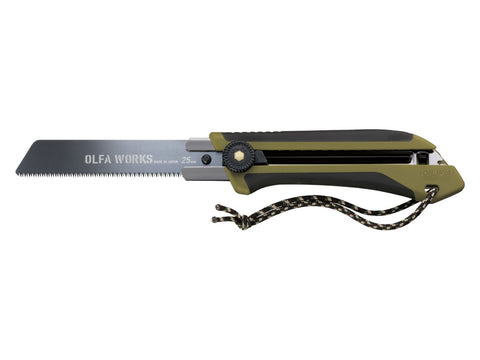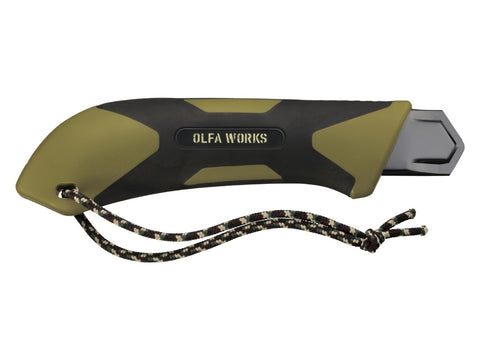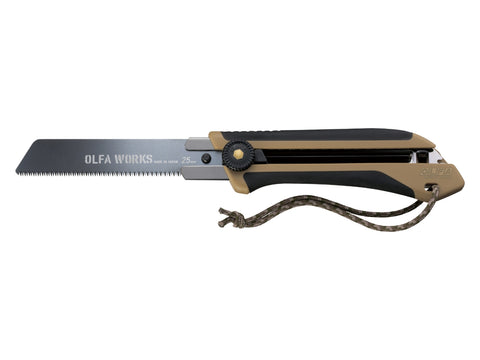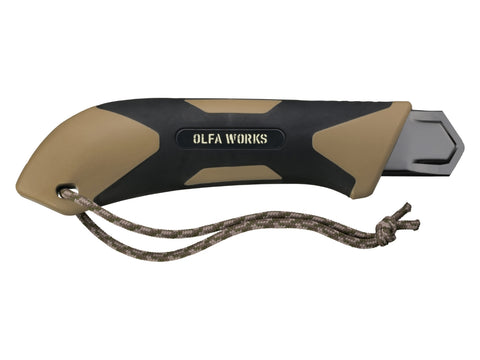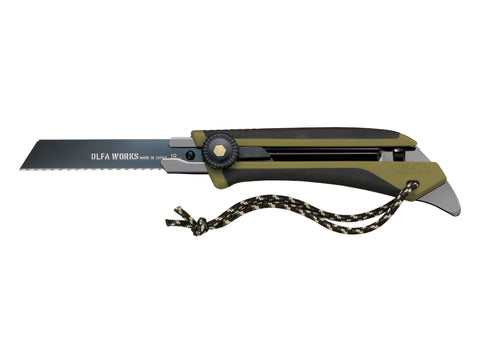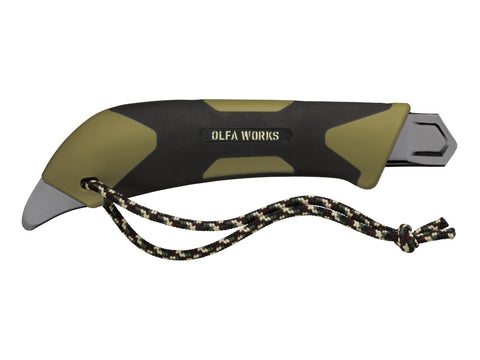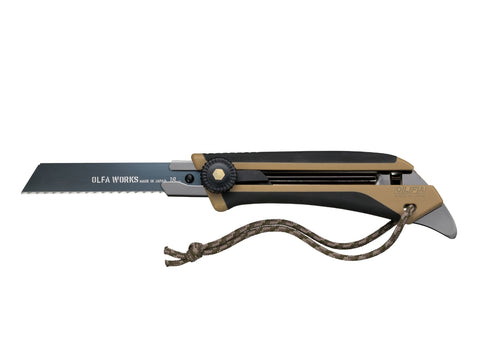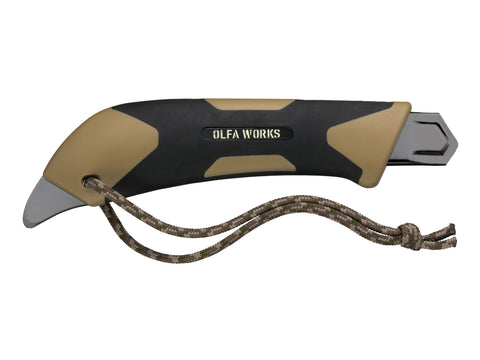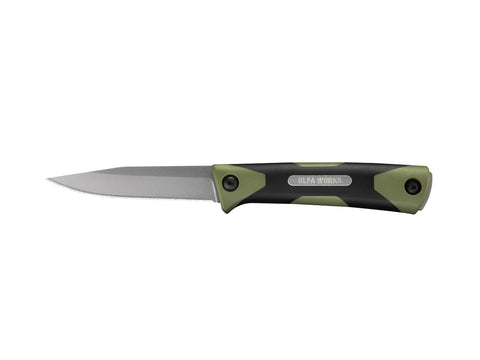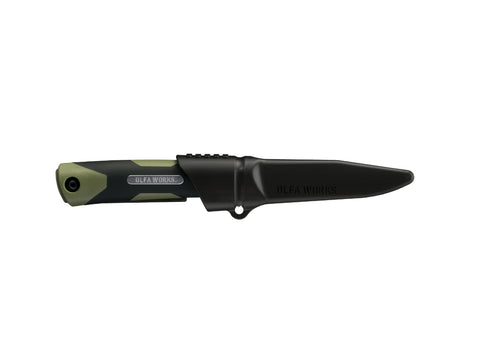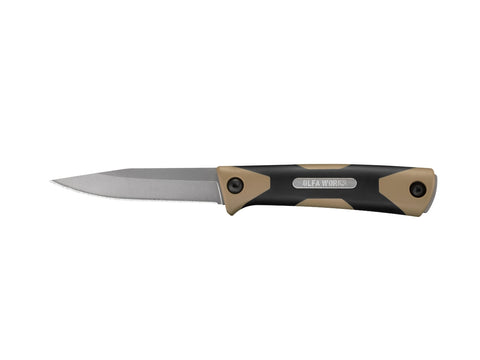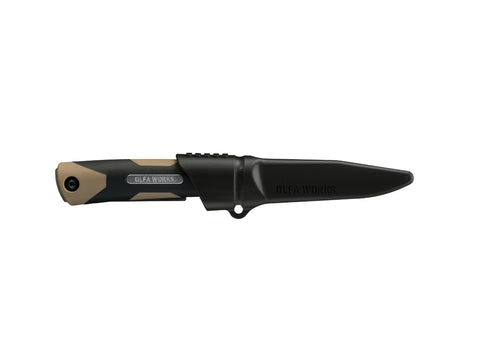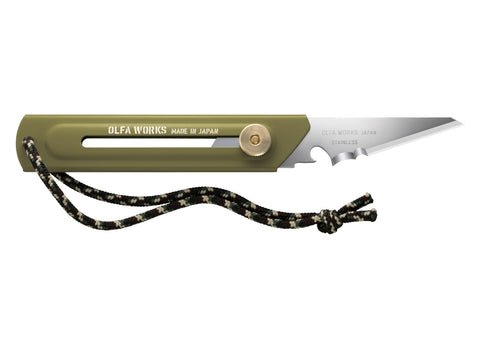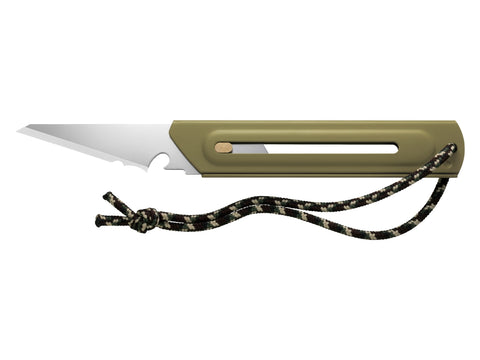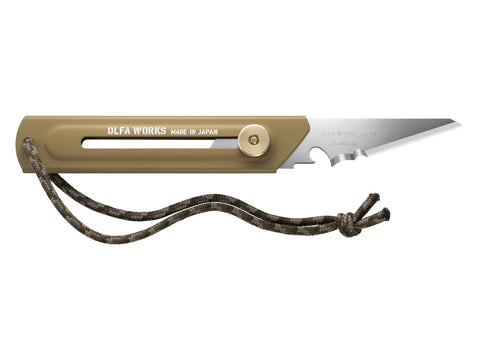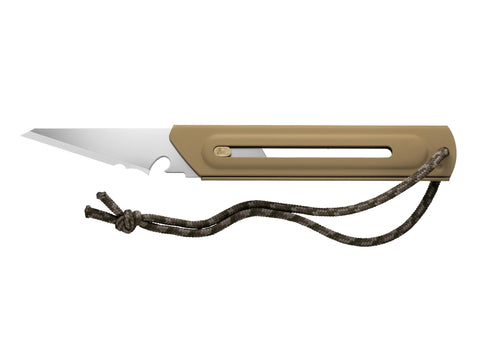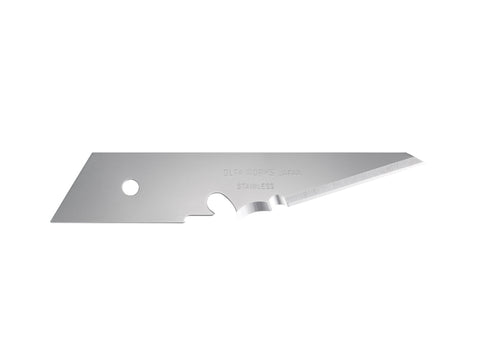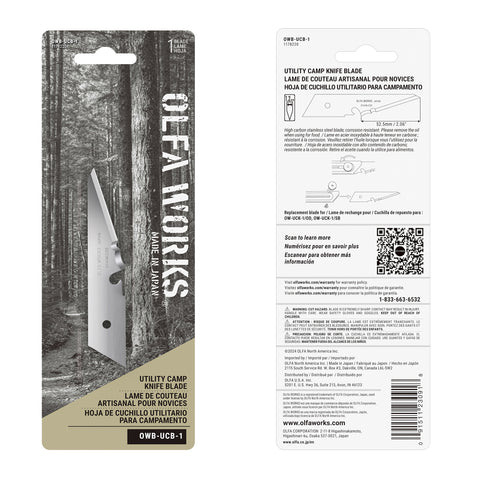Campfire Cooking
There’s something timeless and satisfying about cooking over an open flame—whether you’re flipping foil packets, simmering stew in a Dutch oven, or roasting marshmallows to golden perfection. But campfire cooking is more than just tossing food into the flames. It’s a skill that blends patience, preparation, and a little outdoor savvy.
Before we dive into Campfire Cooking here is an easy set of recipes for you: FREE Recipes

You don’t need a full kitchen of supplies to cook over the campfire, but a few key tools will make your life way easier! Essential cooking gear includes a cast iron skillet or a griddle, a Dutch oven (great for slower cooked meals or heating water), as well as a grate to put over the campfire if you’re cooking direct heat. Long-handled utensils, heat-resistant tongs, fire gloves, skewers, a cutting board, and foil should be packed as well. For cleanup, bring along a metal or collapsible basin, biodegradable soap, dish cloths, and towels. Don’t forget dishes, cups, and eating utensils. Use real dishware and not disposable as what you bring with you need to pack out. You can’t burn them in a campfire. We find these OLFA Works tools helpful in the kitchen - the SANGA Bushcraft Knife can be used for chopping veggies and fruit and the Bushcraft Saw is handy for sawing through French bread.

Not all campfires are created equal. Choose the right kind of fire for cooking. Learn how to build and manage a fire that’s perfect for cooking, whether you’re using flames, coal, or both. The types of wood you use will affect the quality of your fire, as will the fire structure, such as teepee vs log cabin. If you’re new to building a campfire, check out our blog post on building the perfect fire here.

There are a variety of cooking techniques you can use depending on your setup and what you’re making. Grilling over coal using a grate is the least complicated. You can lay your food directly on the grate, but you can also use it for cooking in a frying pan or griddle, or with a kettle. If you’re not using an installed fire ring, use larger rocks to hold the grate above the fire. Roasting over flames is a method many are familiar with – think hot dogs and marshmallows. Use commercially manufactured roasting sticks or create your own from sticks you’ve found in the woods. You can use them to cook small pieces of meat or vegetables you’ve threaded on to the sticks, too. Foil cooking makes cleanup a snap plus preparation is simple, too. Create a whole meal by tightly wrapping meat, veggies, and seasonings with foil and cook it on the grate. Layered sandwiches of meat and cheese work well with this method, too. If you don’t have a grate, a cast iron skillet can be placed right on the coals. Oil or butter sweet or baking potatoes, corn, or squash, and wrap them in several layers of foil, then tuck them deeply into the coals and let them bake until done. For Dutch oven cooking, place coals on top and below the container for even baking or stewing. You can even bake bread and biscuits in a Dutch oven for an authentic experience reminiscent of Western cowboy cooking.
For a tasty meal, first you need to be able to master the fire. Start early because it takes time for a fire to burn down to make coals you can cook with. Hot coals give steady, and controllable heat. You have two choices for fire – charcoal or hardwood. Even if you don’t intend to use it, pack a bag of your favorite charcoal. It’s a good thing to have on hand if you run into rainy weather. Purchase hardwood from a reputable source in the area where you’re camping, such as from the ranger station. You don’t want to transfer diseases by bringing wood from another area. Oak, maple or hickory are harder and burn longer. Hardwood chunks you purchase in bags at the store to give flavor are fine to use. Use wood and your Sanga Bushcraft Knife to make wood shavings for kindling, or you can use firestarters, or small branches collected from around the campsite. Direct flames are good for quick cooking things like hot dogs and marshmallows, but they can burn food quickly. Coals and embers are the stars of campfire cooking because they keep your cooking heat even. You can push the coal around to give you hot zones and cooler zones in order to control the cooking speed and avoid over or under cooking your food.

Make your life easier by planning and preparing your meals at home. Pre-chop and portion as much food as possible. Menu writing for simple, hearty meals will help you store and pack food more efficiently. Freeze food you won’t be eating on the first day, such as burgers or chicken, to keep them cold. They’ll thaw out slowly in your cooler and act as an additional ice pack. Foiled meals can also be frozen if they don’t have perishable items in them, such as lettuce. Reuse plastic bakery containers by layering lettuce leaves, sliced tomatoes, and onions so they are ready to top your burgers. Pick grapes off stems, hull strawberries, cut up melons and store them in glass jars to keep them from getting crushed or leaking. When you’re ready to pack your cooler, cool it down first with extra ice packs. Once it’s cold, place larger ice packs on two opposite ends, layer your food with the items you’ll use last in the bottom and less perishable items on top. Tuck smaller ice packs around the food to keep everything in place as well as keeping things cold. If you can, place beverages in another cooler to avoid opening and closing the food cooler. If you pack your other food in bins vs bags, it’ll be easier for you to see what’s in them and make packing your car simpler.
The camp clean-up should happen after every meal. Bears, racoons, and squirrels can ruin a camping trip quickly! Designate a container for food and meal waste – a paper bag lined with a garbage bag works well. Scrape food from plates and cooking tools right away so it doesn’t get stuck on. Use biodegradable soap to clean dishes, preparation tools, and bread boards, doing that far away from water sources to avoid contamination. Check around your site for loose items that might have blown away. Follow the ‘leave no trace’ principles when cleaning up. Remove the garbage bag to the designated place in your campground and put all your food and cooking tools in your car. Properly extinguish your fire if you’re leaving the campsite or add a few logs if you’re staying up to enjoy the atmosphere. But put it out before you go to bed.
If you forget your cooking tools while camping—don’t panic! Campfire cooking is super adaptable. Here are some creative and effective ways you can use to improvise! No grill grate? Using green sticks or branches, strip the bark and build a mini rack over the fire. Flat stones can be used around or over the fire to act as a hotplate. If you forgot the skillet, foil to the rescue! In a pinch, you can grill fish or thin meat cuts if you place them on a cleaned plank of wood you’ve soaked in water.

Use your SANGA Bushcraft Knife to sharpen the ends of sticks to act as skewers. A flat stick can also be used as a spatula for turning food. If you forget the plates, foil can be shaped into serving dishes. Note: bring lots of foil! Double checking your packing list will ensure you don’t forget essentials, such as the coffee cups! (True story from a recent trip!)
Finally, keep cooking simple. Enjoy the experience. Relish in the smell of bacon cooking and coffee perking in the early morning, or the laughter of kids in the evening making S’mores. It’s the memories that will be remembered, not the meal.

